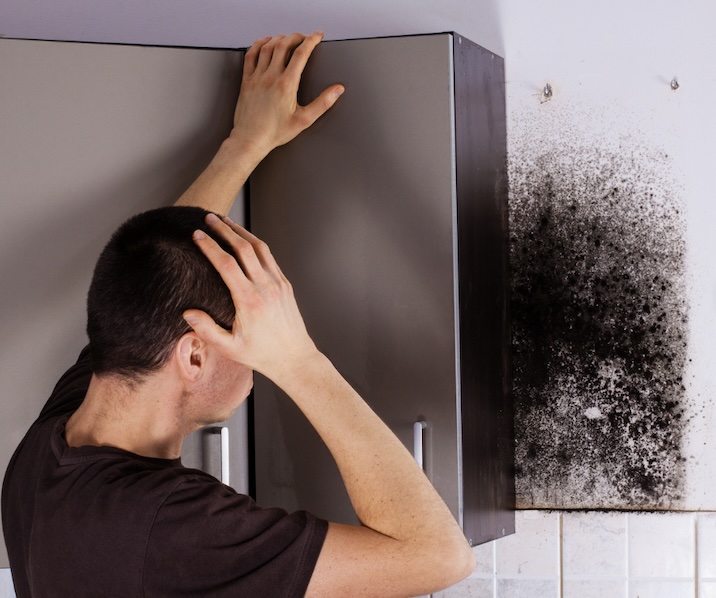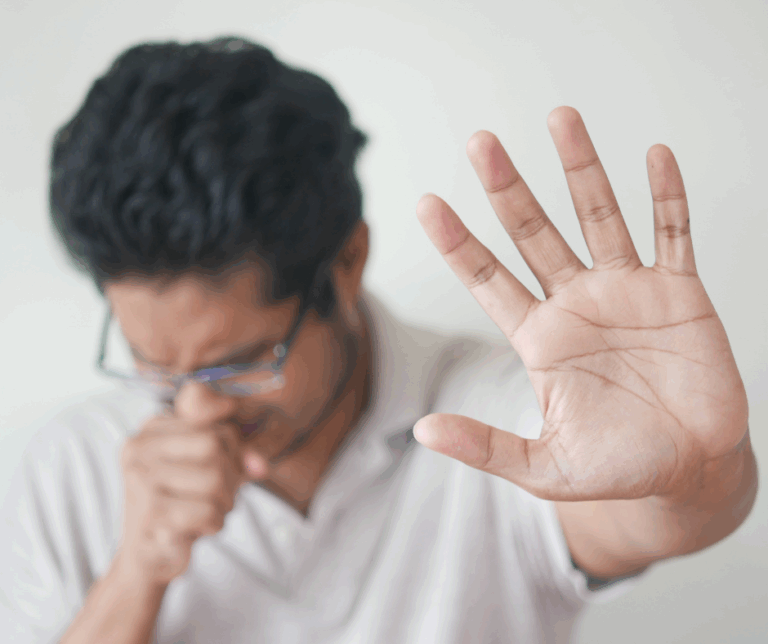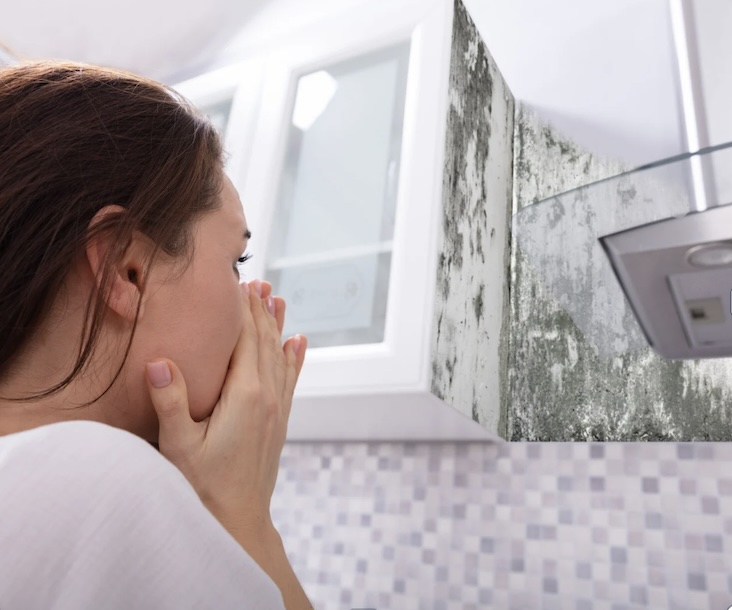Detecting mold inside walls can be challenging, but professional testing and inspections are crucial for accurate identification. Musty odors, water stains, and discoloration may indicate mold growth, but only a comprehensive assessment by a certified mold inspector can confirm its presence and determine the extent of contamination. With this information, you can establish a remedy to create a healthier living environment.
Recognizing the Signs of Mold

Mold growth inside walls often goes unnoticed until it becomes a significant problem. However, there are some early warning signs that can help you identify potential mold issues before they escalate. One of the most common indicators is a persistent musty odor. This smell is often described as earthy or damp and can be particularly noticeable in enclosed spaces like basements or behind walls. If you detect this smell in your home, it’s important not to ignore it.
Water stains and discoloration on walls can also be indicative of mold growth. These stains often appear as brown or yellowish spots and can be caused by leaks or condensation. If you notice any unusual stains or discoloration, it’s essential to investigate further to determine the source of moisture and check for mold.
Another sign of potential mold growth is peeling or bubbling paint. When moisture gets trapped behind walls, it can cause the paint to lose adhesion, resulting in bubbles or peeling. This can be a clear indication that there is a moisture problem behind the wall, which could lead to mold growth if not addressed promptly.
The Importance of Professional Inspections
While recognizing the signs of mold is a good first step, only a professional inspection can accurately confirm its presence and extent. Certified mold inspectors have the tools and expertise to conduct thorough assessments of your home. They use specialized equipment like moisture meters and infrared cameras to detect hidden mold and moisture problems that are not visible to the naked eye.
During a professional inspection, the inspector will typically start by conducting a visual assessment of your home. They will look for signs of mold growth, moisture intrusion, and any areas that are prone to dampness. The inspector may also take air and surface samples to test for mold spores. These samples are then analyzed in a laboratory to determine the type and concentration of mold present.
Establishing a Remedy
Once the presence of mold is confirmed, the next step is to establish a remedy to create a healthier living environment. The first priority is to address the source of moisture that is causing the mold growth. This could involve repairing leaks, improving ventilation, or installing dehumidifiers to reduce humidity levels.
In many cases, mold remediation professionals will need to remove the affected materials, such as drywall or insulation, to completely eliminate the mold. They will also clean and disinfect the surrounding areas to prevent future mold growth. It’s important to follow the recommendations
of the mold inspector and remediation professionals to ensure that the mold is fully eradicated and does not return.
Prevention and Maintenance
Preventing mold growth inside walls involves taking proactive measures to control moisture in your home. Regularly inspect areas that are prone to dampness, such as basements, bathrooms, and kitchens, and address any issues promptly. Use exhaust fans in bathrooms and kitchens to reduce humidity levels, and ensure that your home is properly ventilated.
It’s also a good idea to monitor humidity levels in your home using a hygrometer. Aim to keep indoor humidity levels below 60% to minimize the risk of mold growth. If you live in a particularly humid climate, consider using a dehumidifier to help control moisture levels.
In conclusion, detecting mold inside walls requires a combination of vigilance, professional inspections, and proactive maintenance. By recognizing the signs of mold, seeking professional help for accurate identification, and taking steps to address moisture issues, you can create a healthier living environment for you and your family. Don’t ignore the warning signs – take action to protect your home from the hidden dangers of mold.





